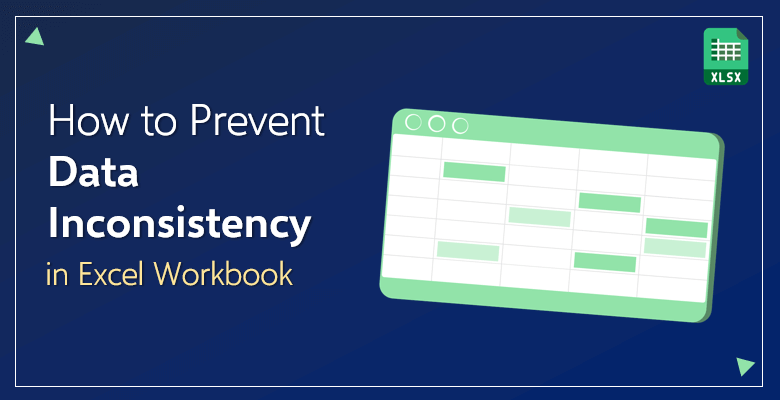Excel Links Not Working for Dummies
Wiki Article
The smart Trick of Excel Links Not Working That Nobody is Discussing
Table of ContentsOur Excel Links Not Working PDFs10 Easy Facts About Excel Links Not Working ShownExcel Links Not Working Fundamentals ExplainedExcel Links Not Working Things To Know Before You Get ThisThe Buzz on Excel Links Not Working

Nonetheless, selection estimation features like either can not take care of whole column references or calculate all the cells in the column. User-defined features don't instantly recognize the last-used row in the column as well as, for that reason, frequently compute entire column references inefficiently. Nonetheless, it is very easy to program user-defined features to make sure that they identify the last-used row (excel links not working).

Excel Links Not Working - Questions
Utilizing the formula for a dynamic array is generally preferable to the formula because has the negative aspect of being an unstable feature that will certainly be determined at every recalculation. Efficiency reduces because the feature inside the dynamic variety formula have to examine several rows. You can reduce this performance decline by keeping the component of the formula in a different cell or defined name, and afterwards referring to the cell or name in the dynamic variety: Counts!z1=COUNTA(Sheet1!$A:$A) Offset, Dynamic, Variety=OFFSET(Sheet1!$A$ 1,0,0, Counts!$Z$ 1,1) Index, Dynamic, Range=Sheet1!$A$ 1: INDEX(Sheet1!$A:$A, Counts!$Z$ 1+ROW(Sheet1!$A$ 1) - 1,1) You can additionally utilize features such as to create vibrant arrays, however is volatile and also constantly calculates single-threaded.
Using several dynamic ranges within a solitary column requires special-purpose counting features. Using several dynamic arrays can lower performance. In Workplace 365 variation 1809 as well as later, Excel's VLOOKUP, HLOOKUP, and suit for precise match on unsorted data is much faster than ever when searching for multiple columns (or rows with HLOOKUP) from the exact same table variety.
If you make use of the precise match alternative, the estimation time for the function is symmetrical to the number of cells checked prior to a match is located. Lookup time making use of the approximate match options of,, and also on arranged information is fast as well as is not significantly increased by the length of the range you are looking up.
Examine This Report on Excel Links Not Working
Guarantee that you comprehend the match-type and also range-lookup alternatives in,, as well as. The following code instance shows the phrase structure for the function. MATCH(lookup worth, lookup variety, matchtype) returns the largest match much less than or equal to the lookup worth when the lookup array is arranged rising (approximate suit).The default option is approximate suit arranged ascending. demands a precise match as well as thinks that the useful reference data is not arranged. returns the tiniest match higher than or equal to the lookup worth if the lookup range is arranged descending (approximate match). The following code instance reveals the phrase structure for the and functions.
VLOOKUP(lookup worth, table range, col Continued index num, range-lookup) HLOOKUP(lookup value, table array, row index num, range-lookup) returns the biggest suit less than or equal to the lookup worth (approximate match). This is the default choice. Table range must be sorted rising. requests a specific match and assumes the data is not sorted.
Unknown Facts About Excel Links Not Working
If your information is arranged, but you desire a specific suit, see Use 2 lookups for sorted data with missing worths. Attempt using the as well as functions rather than. Although is slightly much faster (roughly 5 percent faster), less complex, and also makes use of much less memory than a mix of and, or, the extra adaptability that as well as deal often allows you to considerably conserve time.
The function is rapid and is a non-volatile function, which speeds up recalculation. The feature is also quick; nevertheless, it is an unstable function, as well as it in some cases substantially boosts the time taken to process the computation chain.$A$ 2:$F$ 1000, MATCH(A1,$A$ 1:$A$ 1000,0),3) Because specific match lookups can be slow, consider the adhering to choices for enhancing performance: Make use of one worksheet.
When you can, the information first (is fast), and also make use of approximate match. When you must use an exact suit lookup, restrict the series of cells to be scanned to a minimum. Use tables and organized references or dynamic range names rather than referring to a lot of rows or columns.
Fascination About Excel Links Not Working
2 approximate matches are considerably faster than one specific match for more information a lookup over greater than a couple of rows. (The breakeven factor has to do with 10-20 rows.) If you can sort your data yet still can not use approximate match due to the fact that you can not make sure that the worth you are looking up exists in the lookup array, you can use this formula: IF(VLOOKUP(lookup_val, lookup_array,1, True)=lookup_val, _ VLOOKUP(lookup_val, lookup_array, column, True), "notexist") The first component of the formula works by doing an approximate lookup on the lookup column itself.VLOOKUP(lookup_val, lookup_array, column, Real) If the answer from the lookup column did not match the lookup worth, you have a missing worth, and also the formula returns "notexist". Understand that if you search for a value smaller sized than the tiniest worth in the list, you obtain an error. You can manage this mistake by utilizing, or by adding a small test value to the list.
Starting with Excel 2007, you can make use of the function, which is both easy as well as rapid. IF IFERROR(VLOOKUP(lookupval, table, 2 FALSE),0) In earlier variations, a simple however slow-moving method is to use a feature that includes two lookups. IF(ISNA(VLOOKUP(lookupval, table,2, FALSE)),0, _ VLOOKUP(lookupval, table,2, FALSE)) You can prevent the dual specific lookup if you make use of specific as soon as, save the cause a cell, and then check the outcome before doing an.
Report this wiki page